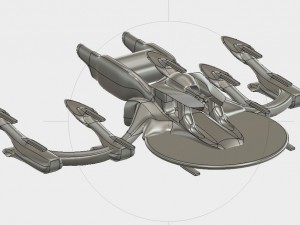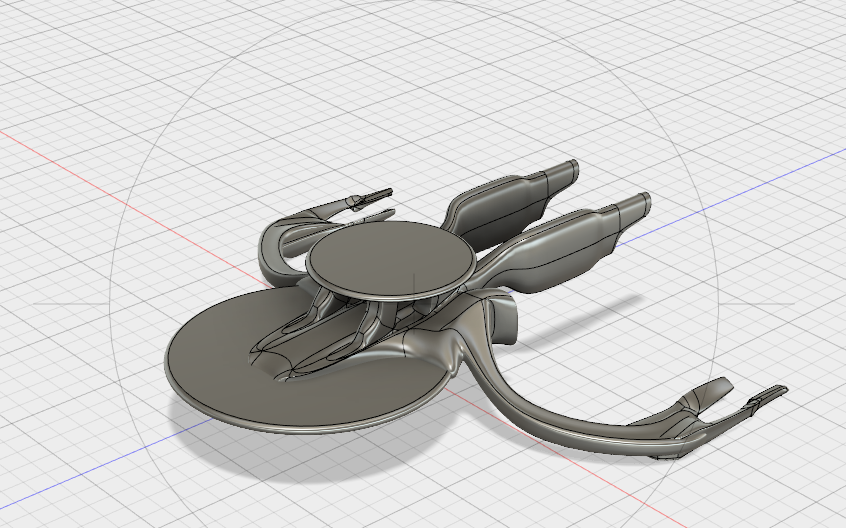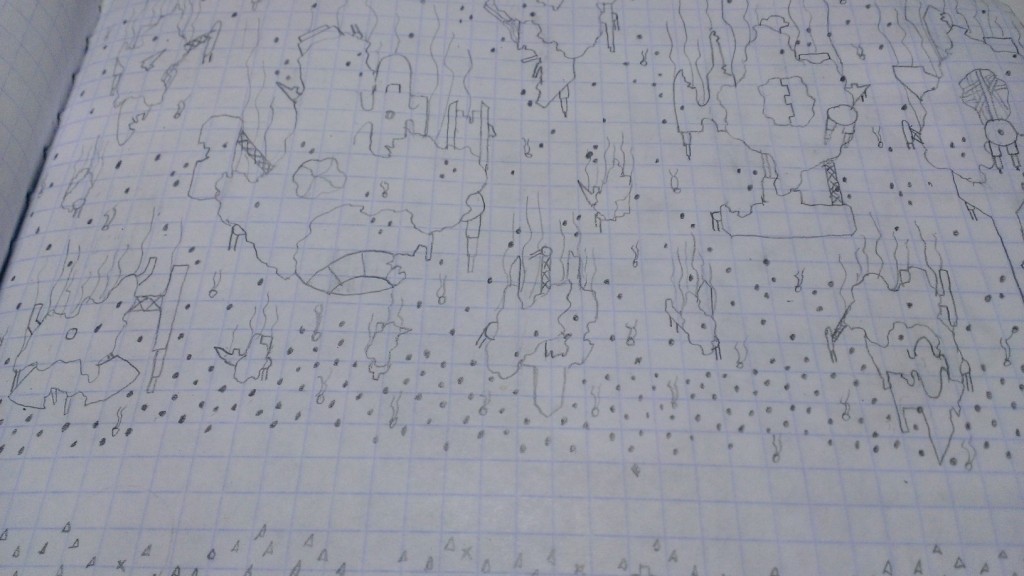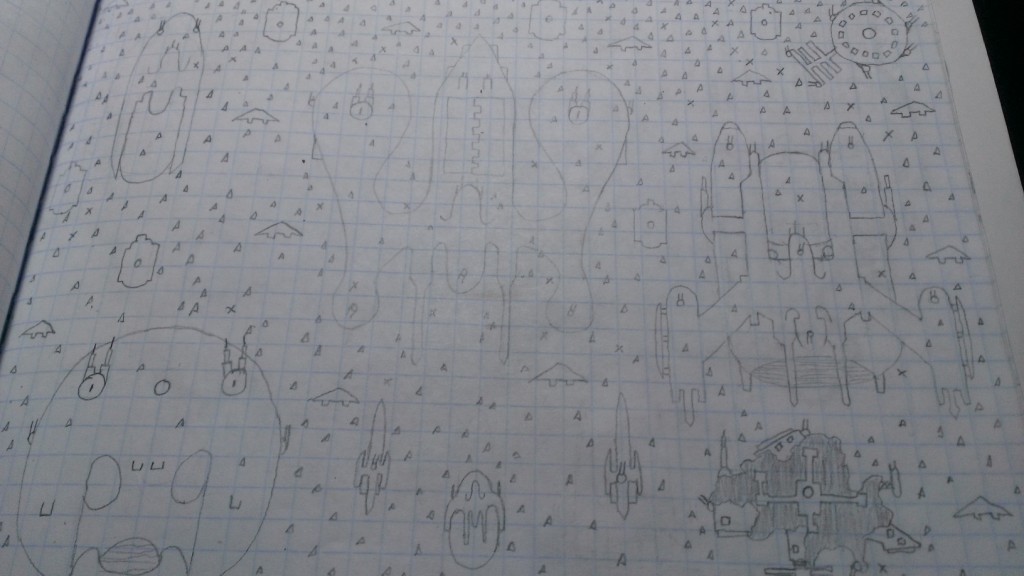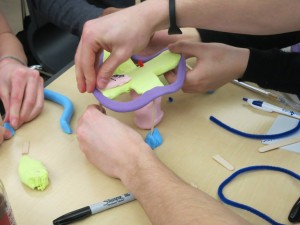Through the Digital Making course at the University of Illinois, I’ve been able to pursue something I’ve always wanted to get into: spaceship modeling.
I grew up playing-out space battles with model ships from Star Trek, and little Bionicle and Lego contraptions I thought up. I used bottlecaps and Wint-o-Green mints too. As I played, I imagined an entire universe outside of myself – a universe of aliens and knights, of spaceships and complex alliances.
I’ve taken that imagined universe and written it down, in dozens of pages of notebooks and word docs. My goal is to make it an online book one day, but always another goal of mine was to actually make the ships I thought up in my head, and not just imagine it as a bottlecap. I accomplished that this semester, and made the most important ship in my universe. Give it a gander:
I made the SS Valhalla with Fusion 360, and its took several incarnations to get me to where I am today. It’s finally finished, and as I’m writing this, it’s being printed. You can print it for yourself here.
As I move forward with my universe and eventually publish my stories, I intend to make this ship, and the others that will follow it, integral to the reading experience. I want my readers to read the words and click on them, landing them onto a thingiverse page where they can print it for themselves.
I want my readers to make their own ships and contribute them to the lore.
I want to change and innovate science fiction, making it more than just words on a page. I want to make my universe a digital gateway to imagination in a way that wasn’t possible 10 years ago.
Email me at austinkeating3@gmail.com if you want an email sometime when I’m ready to unveil the project, hopefully over the next year or so.


